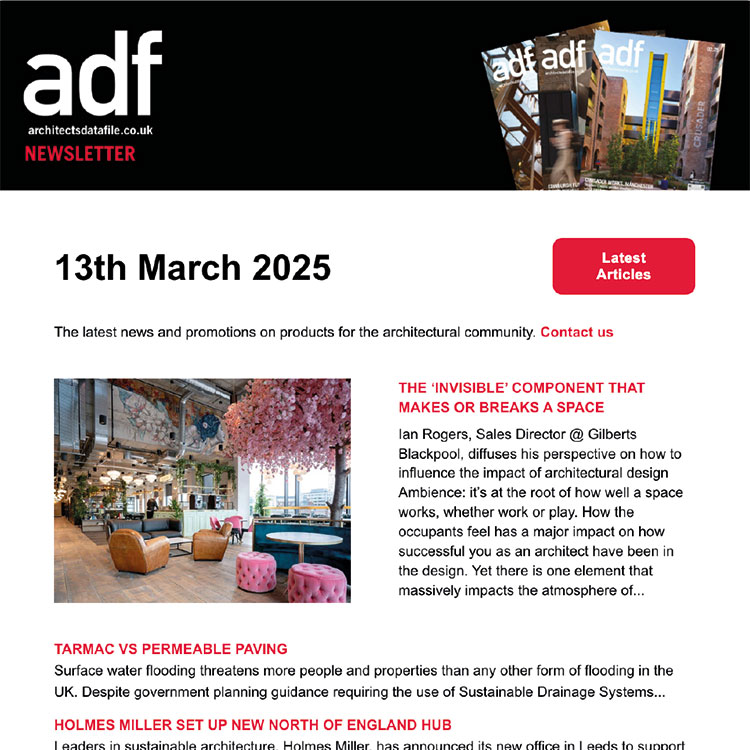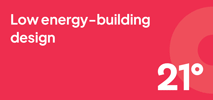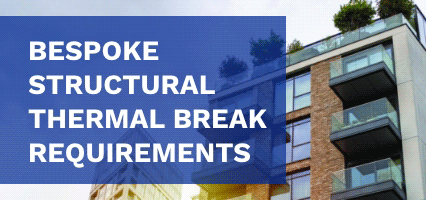James Butler of Pura Facades expresses his concern that despite the best intentions of the final Hackitt report following the Grenfell disaster, the fragmented nature of the industry could mean there are fire safety challenges ahead.
The long-awaited final report from Dame Judith Hackitt could bring about fundamental changes to the way architects consider the risks associated with design and the use of building materials.
Clearly, the UK’s construction industry is not in a great place right now. Officially the sector is in recession; the collapse of Carillion was a body blow to the industry, and Grenfell continues to cast a long shadow over the whole market. With such low credibility right now, the outcome of the final Hackitt Report, due imminently, is vital. Not only do we need clear and robust recommendations, but also an appropriate response from architects, specifiers, contractors and safety organisations. And though Grenfell will leave a permanent scar, there’s now a perceptible willingness to learn and adapt so a similar catastrophe could never happen again.
Since the dreadful events of 14 June 2017, architects and specifiers have had little guidance or clarity on fire safety with regards to cladding systems. Data suggests that the industry has become much more risk averse, using A2 or above fire retardant materials wherever possible. However, independent, clear guidance on which products conform to which fire rating standards has been complex and opaque for many specifiers.
Last year, we produced a comprehensive Fire Rating Guide, offering independent advice on fire-rated cladding systems. Choosing an approved cladding system shouldn’t need to be so reliant on the customer doing their own research.
There is also strong anecdotal evidence to suggest that major suppliers to the cladding market are dropping non-tested components from their range, as demonstrated by Vivalda Group’s recent decision to supply only A2 rated aluminium composite product on projects over 18 metres in height.
There are signs that there has been a rush to fire test products – with the likes of BBA and WinTech reporting full order books for their services over the past few months.
The post-Grenfell period has led to much more open consultation within the industry which has led to architects and suppliers reaching out to build relationships with highly regarded testing organisations.
Such engagement, albeit informal at this stage, is a good sign that the industry at large sees a need for more joined up thinking where cladding performance and safety is concerned.
As well as clear and robust regulations, the industry also wants to see strong and consistent enforcement from the Hackitt Report. However, as is often the case, the devil will be in the detail.
The complex, inevitably fragmented nature of cladding systems deserves specific attention. The regulations need to cover more than simply the panels. Attention needs to be given to complete cladding systems, including fixings, sub-frames and insulation. Systems are by their very nature not simple to regulate, given the hundreds of manufacturers that are potentially involved.
While widespread and comprehensive testing of all parts that make up cladding systems should be part of the solution, so should clarity and access to information for specifiers. We need to make safety paramount but also not onerous for those involved in recommending the right solution.
Retrospective testing is another potential area of concern, given the fact that 149 high rise buildings in the UK failed fire safety tests following Grenfell. Once the Hackitt report is published and a clear safety standard is made public, how will cash strapped councils afford such fundamental renovation work? How quickly should the work be done? And who will be responsible for checking the quality of the retro-fitted cladding? These are all questions that need to be answered as part of the report, which needs to take a detailed, holistic approach to regulations and safety.
James Butler is the director of Pura Facades






